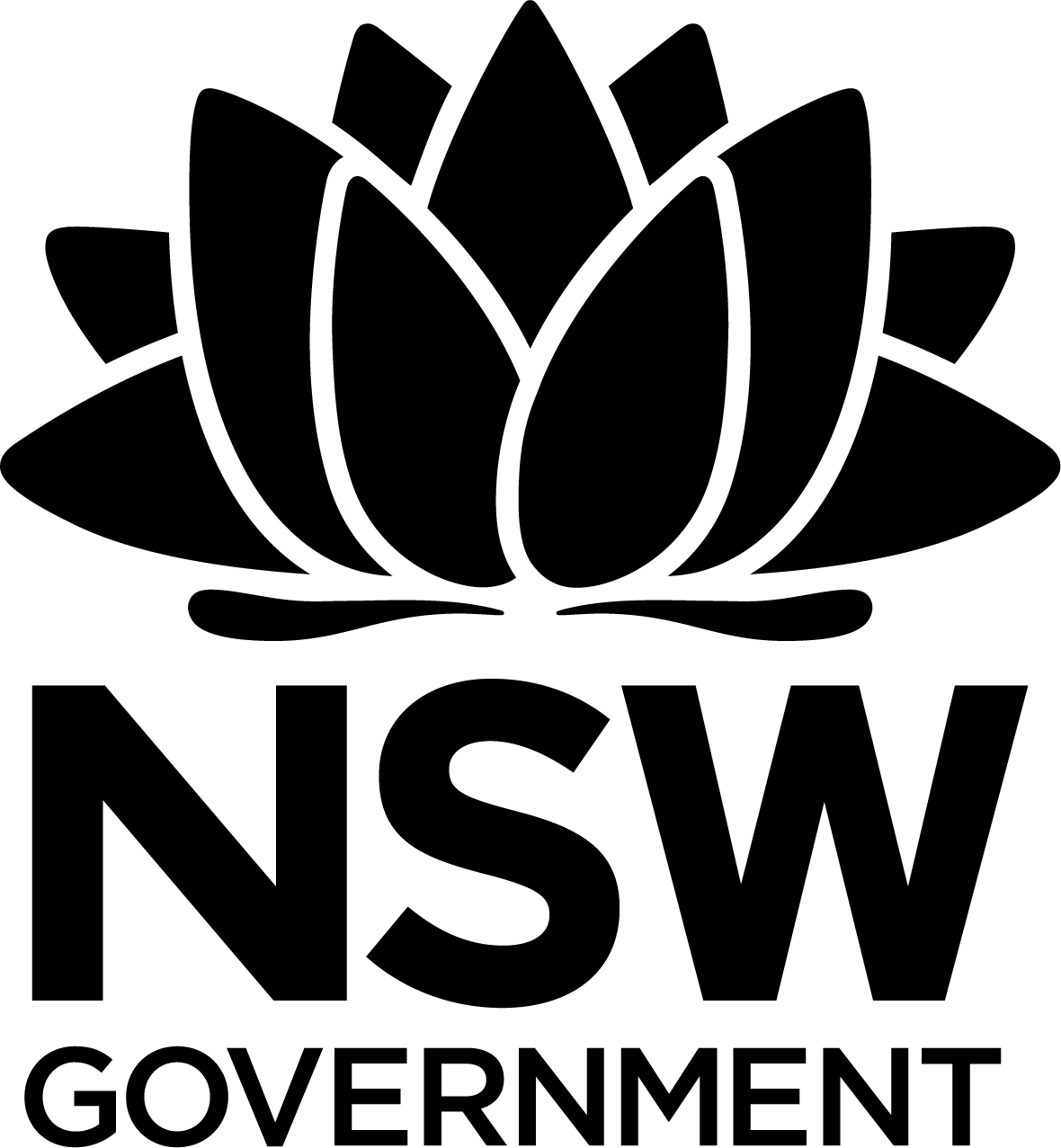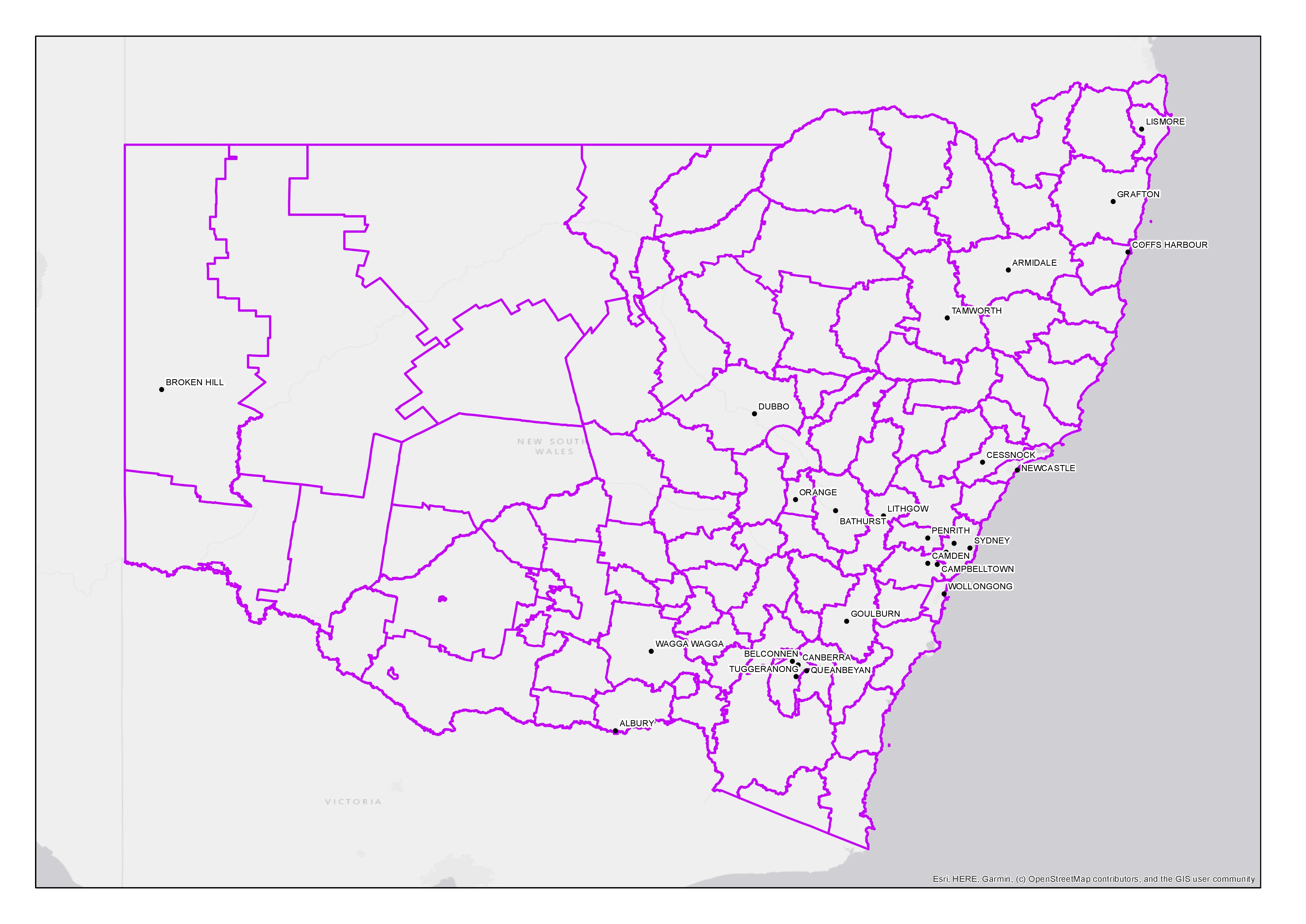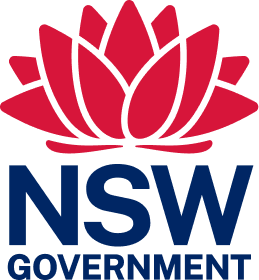
Crown land manager resource
Commons management
Commons were originally set aside in the 19th and 20th centuries so that people who resided within a town had somewhere to graze their stock, be it their milking cow or a horse for pulling their carriage.
Commons are often large important tracts of land in close proximity to towns and have become much more valuable over time. While commons are still used today for grazing and agisting stock, many have expanded use to include opportunities like public recreation and environmental protection.
Commons differ from Crown reserves and other public land in that they were created for the use of local residents. Local residents can apply to be commoners on the commoners’ roll. A commons trust is the legal body created to enable the temporary ownership of the common so it can be managed by a board elected by the commoners.
Commons are administered under their own specific legislation, the Commons Management Act 1989 (the CM Act). They can be used for purposes other than traditional grazing of commoners’ stock and collection of firewood, but only if a management plan adopted for the common provides for additional uses -- for example, public recreation or environmental purposes.
A trust can only make decisions and take actions concerning the common in the interests of the common itself and the commoners. Further, all such decisions must be in accordance with the provisions of the CM Act.
What can a common be used for?
A transitional management plan (Clause 9, Schedule 5 CM Act) specifies what a common can be used for. These uses are:
- the pasturage and watering of commoners’ stock
- collection of fallen timber and underwood (with trust permission)
- pasturage of animals used by a drover or teamster.
Where a management plan has been adopted for a common, this governs the uses for the common, and overrides the transitional management plan.
The CM Act and the Commons Management Regulation 2018 (the CM Regulation) provide further guidance on the permitted uses of commons.
In addition, the trust board of a common can make by-laws to regulate its use. These by-laws must comply with the requirements of the CM Act and CM Regulation. Where a trust board has not made a by-law specific to the common it manages, the model by-law set out in Schedule 1 to the CM Regulation applies.
Who can join and use a common?
For a common that existed before the commencement of the CM Act (which was 1 September 1991), a person is eligible to be a commoner if they live within the commoners’ boundaries in place prior to the repeal of the previous legislation, the CM Regulation
For a common established under the CM Act, a person is qualified to be entered onto the commoner roll if they reside within the land district and hold less than 20 hectares of land in that land district (or other qualifications as may have been specified when the common was established).
Use the map of NSW land districts below for reference when determining eligibility to be a member of, and use, a common (see also How the commons system works). On this map, land districts are outlined in red and their names are listed in the table on the right-hand side.
This map should not be used to determine administrative areas relating to regional Crown Lands office locations. For this information, visit the NSW Department of Planning, Industry and Environment website.
Related Items
How the commons system works
An introduction to commons trusts, the commons trust board, the appointment of an administrator in lieu of a trust board, enrolling as a commoner and how commons trusts work with the department.
Commons trust board – role and responsibilities
By participating as members of a commons trust board, commoners play an important part in the management and operation of their common.Commons trust boards often rely on commoners volunteering their help to fulfil their responsibilities. Regular volunteers can form a useful pool of future members of the commons trust board.The role and responsibilities of the commons trust board must therefore be clearly understood, both by its members and by potential future members.
Management plans for commons
A management plan is a formal document that details the strategic and/or operational (day-to-day) management of a common. It may also enable the commons trust to broaden the activities and purposes, where appropriate, for which the common can be used.The minister administering the Commons Management Act 1989 (the CM Act) may require a commons trust to prepare a management plan. Alternatively, commons trusts can prepare their own draft management plans without the minister’s permission.
Leases and licences for commons
Commons are generally set aside for the specific needs of the commoners. However, leases or licences of parts of the common can be granted with the prior authorisation of the minister administering the Commons Management Act 1989 (the CM Act).
General administration for commons
A commons trust is responsible for the care, control and management of the common in the interests of the commoners. Everything the commons trust does should therefore take place, and be recorded, in an open and accountable manner to ensure confidence in its operation is maintained.
Selling, mortgaging and acquiring commons trust land
Commons trusts control the land making up the common for the benefit of the commoners and, if authorised in an adopted management plan, for the wider community as well. That land can only be sold or mortgaged, or added to through purchase or lease, in limited circumstances.
This Crown land manager web resource was printed on 27 Jul 2024. The information contained in this web resource is based on knowledge and understanding at the time of writing Jul 2024. However, because of advances in knowledge, users are reminded of the need to ensure that the information upon which they rely is up to date and to check the currency of the information by referring to the website (www.reservemanager.nsw.gov.au).
© State of New South Wales through Department of Planning, Industry & Environment 2024.
Page link: https://reservemanager.crownland.nsw.gov.au/who-we-are/commons-management


